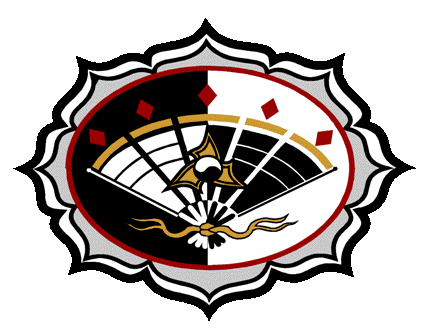How long will it take to obtain a
black belt?
You get out of it what you put into it. Those who train seriously are
promoted faster. Generally, this is true for any martial art that contains
substance. Training at In Ji Yong is very personal. Each student is
seen as an individual, no two alike; and so, the time to promotion may
vary greatly.
Do martial arts have a religious component
I am required to adopt?
No, martial arts provide a way to see the world more clearly
through focus and awareness. While speaking about comparative
religions and philosophies are welcome, In Ji Yong does not
teach a religion.
Do I need to learn to speak Korean?
Korean is spoken along with English in the training hall (Dojang)
out of respect for the origin of our art. The basic commands
are learned as the student progresses.
What about teachers who have mastered
many arts?
Although it is a common ploy to claim mastery of a
multitude of martial arts
, one with any knowledge of the subject understands
that the time involved makes it an impossibility for these claims
to be valid.
Is martial arts just for children?
A common misconception is that martial arts training is only for children.
This belief stems from the commercial tactic of targeting children in
marketing programs. Children's classes make money, so advertising focuses
on youth. Additionally, the entertainment industry draws upon the most
flamboyant kicks and acrobatic maneuvers to liven up a typical fight
scene. A person can not turn on a television today without seeing martial
artists jumping through the air with tumbles and high kicks. Actually,
the most effective techniques are very simple, but they receive little
airtime in our sensationalistic culture.
What is the difference between martial art
and martial sport?
The greatest martial skill is found in a soft,
internal application. This being said, a question arises: How does one
develop this type of soft reaction skill in a time efficient manner?
Our lineage teaches that the best way to achieve applicable soft skill
is through a transition that begins hard and progresses in the direction
of mastery in soft technique. A personal evolution must be created as
the student is drawn through successive levels of growth. Seldom is
an imposed, overt goal, the most efficient road to mastery. Skill is
acquired by small steps over a period of experience; this is the struggle
by which classical masters are constructed.


